The Royal Garden That Might Save the Planet
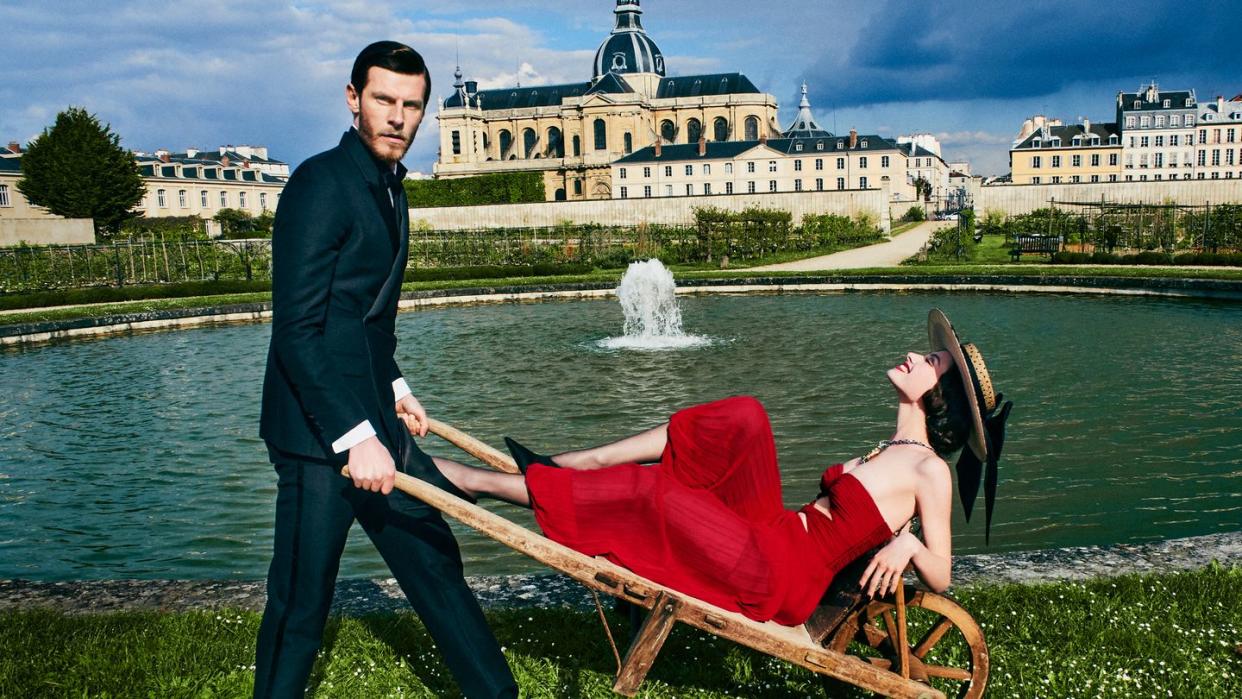
- Oops!Something went wrong.Please try again later.
- Oops!Something went wrong.Please try again later.
"Hearst Magazines and Yahoo may earn commission or revenue on some items through these links."
Few visitors to Versailles today realize that in its heyday under Louis XIV the palace’s dazzling architectural splendors and matchless artistic treasures were often eclipsed by the products of the Potager du Roi, the Sun King’s 23-acre kitchen garden on the palace grounds.
Green peas, for instance, were in 17th-century France a delicacy, a much coveted Italian import comparable to truffles today. And thanks to the efforts of the Potager’s visionary chief gardener, Jean-Baptiste de la Quintinie, they became a highlight of Louis’s banquets and an obsession of his court.
“The craze for peas continues apace,” the Marquise de Maintenon reported in 1696. “The anticipation of eating them, the pleasure of having eaten them, the joy of eating them again: these are the three topics that have preoccupied our Princes for the past four days now… It’s a fashion, a frenzy.”
Three centuries later the Potager is again a hive of activity, and not just on the bright spring morning when T&C swooped in with enough haute couture finery to rival the court of Louis XIV. Today it is also a Center of Excellence for climate resilience, one of the pillars of a five-year, $15 million initiative quietly launched by the World Monuments Fund to study the conservation of cultural heritage sites, including historic gardens, in the face of climate change.
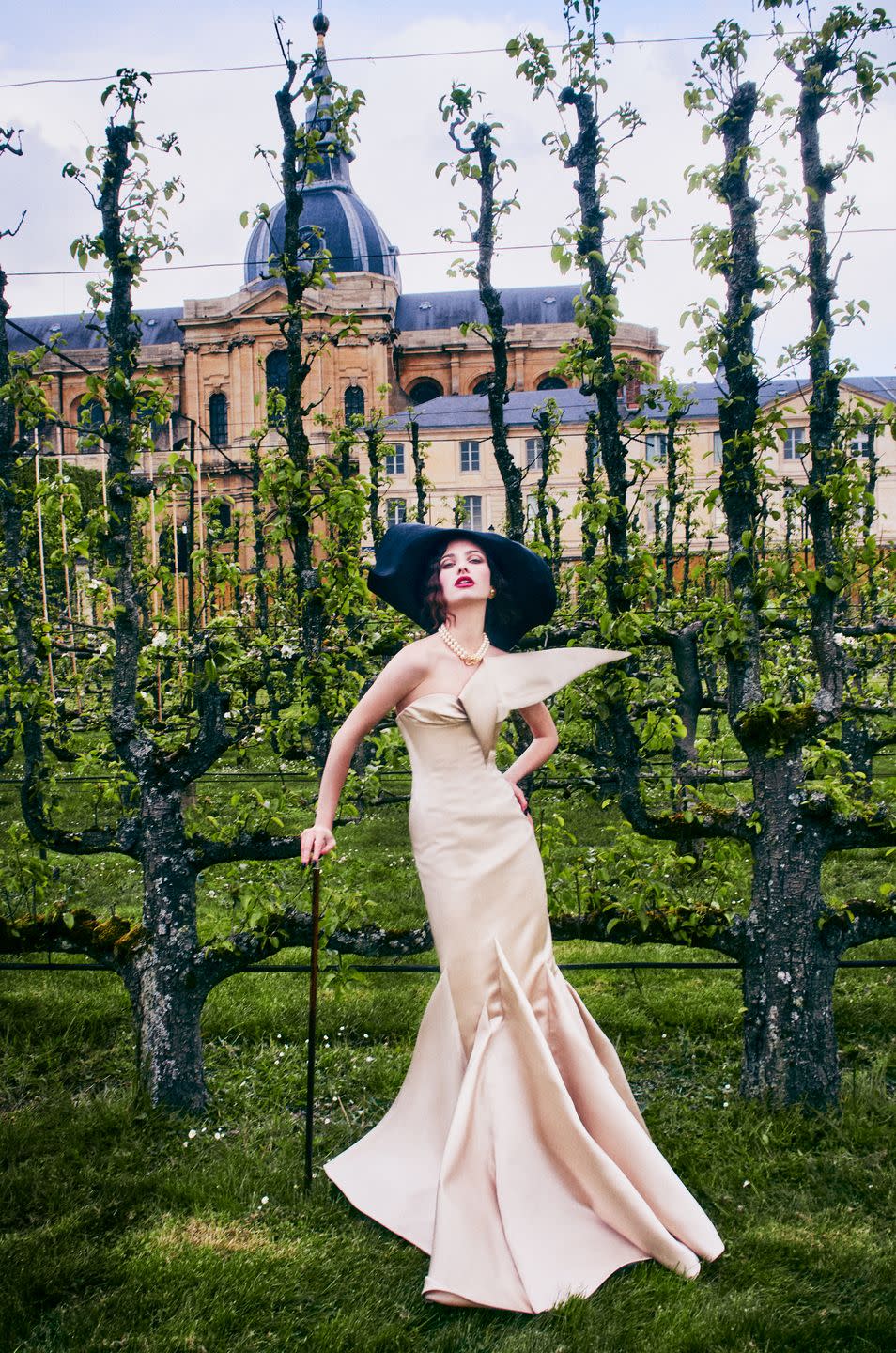
The WMF and the Potager du Roi have history. In the 1990s the fashion designer Hubert de Givenchy, then the president of the WMF’s French chapter, teamed up with the grande dame of American gardening, Bunny Mellon, to develop a conservation plan for the site and to restore both the central fountain and the gilded iron Grille du Roi (King’s Gate), Louis XIV’s private entrance to the garden.
This project culminated in June 1996 in a WMF gala dinner for 400 overlooking the Potager. Since then the approach to protecting this important heritage site has changed, says the WMF’s CEO and president, Bénédicte de Montlaur, and “the Potager is the perfect illustration of the evolution of our work and of preservation in general.”
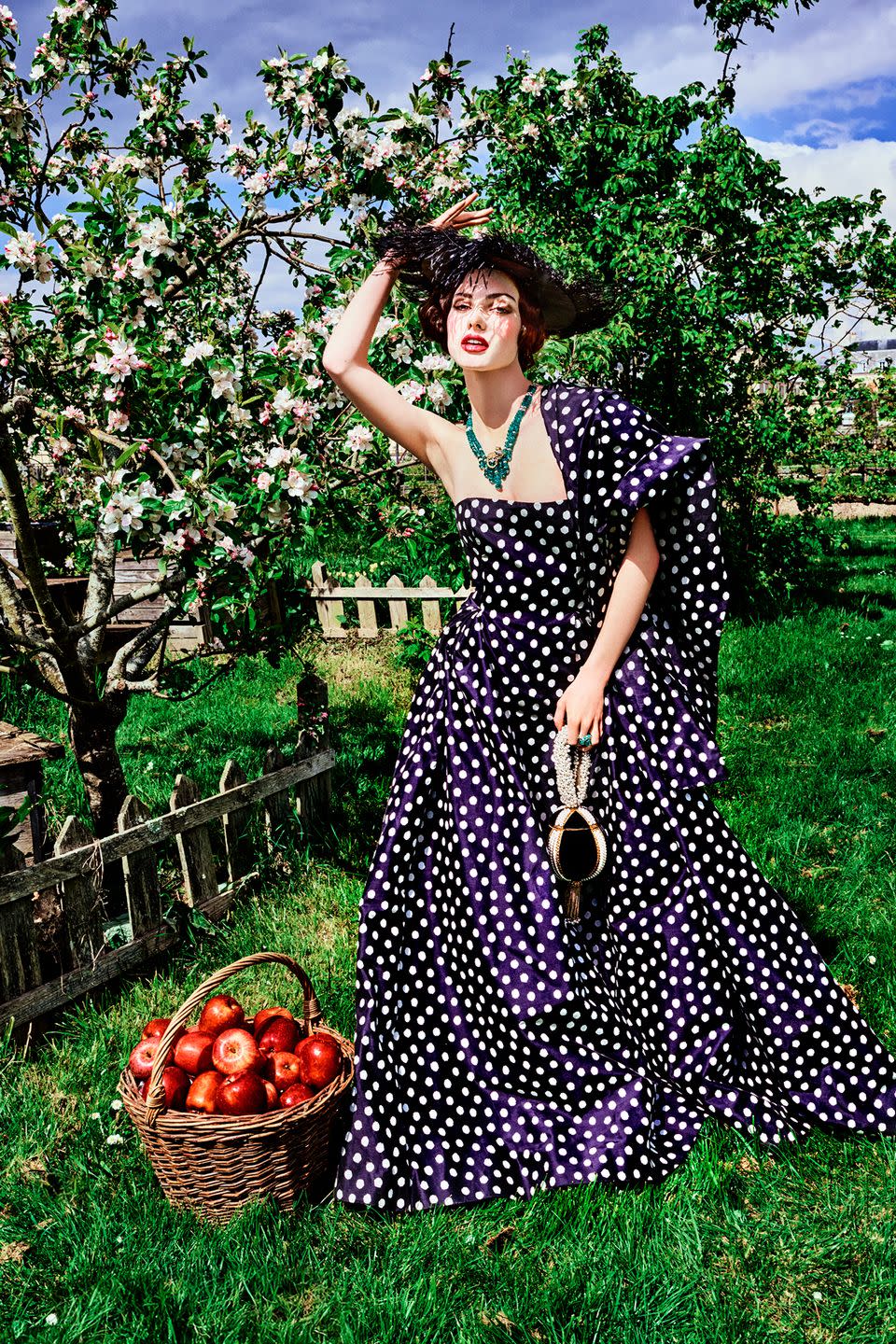
In some ways the project returns the Potager to its roots as an epicenter of horticultural innovation. La Quintinie and his successors (after his death in 1688) devised inventive new planting and pruning methods and experimented with light and wind exposure, soil amendment, and moisture and temperature control. By creating special microclimates, they were able to harvest much of nature’s bounty out of season: asparagus in December, lettuce in January, strawberries in March, cucumbers in April, and figs in mid-June.
“The cultivation and fertility [of the Potager du Roi] surpass anything that can be said about them,” marveled one chronicler of Louis XIV’s reign.

Such success did not come cheap.
Created between 1678 and 1683 on a site previously known as the “stinking pond,” the Potager cost over 1 million livres—a sum equivalent to 11 million days’ worth of skilled artisans’ wages—to establish and, with a staff of some 30 full-time gardeners, another 18,000 livres annually to maintain. Tasked with designing as well as running the operation, La Quintinie surrounded a large central quadrangle and fountain with 16 square beds for vegetables and herbs. Just inside a perimeter wall he built 28 additional beds for the cultivation of such fruits as plums, melons (la Melonnière), and—the king’s personal favorite—figs (la Figuerie).

With its thoughtful and harmonious layout, the utilitarian Potager looked just as elegant as the ornamental, strictly manicured jardins à la française in the rest of the palace park. Louis himself rated it among Versailles’s chief glories, bringing foreign dignitaries to see it and having a terrace built from which he and his companions could admire its beauties and bustle year-round. He even learned from La Quintinie how to prune the fruit trees and encouraged his nobles to plant kitchen gardens of their own.
After the French monarchy fell, in 1792, the revolutionary government turned the Potager into a national institute for cutting-edge horticultural research, a role it has played ever since. In 1995 it came under the purview of France’s Ecole Nationale Supérieure de Paysage (National Landscape Architecture School).
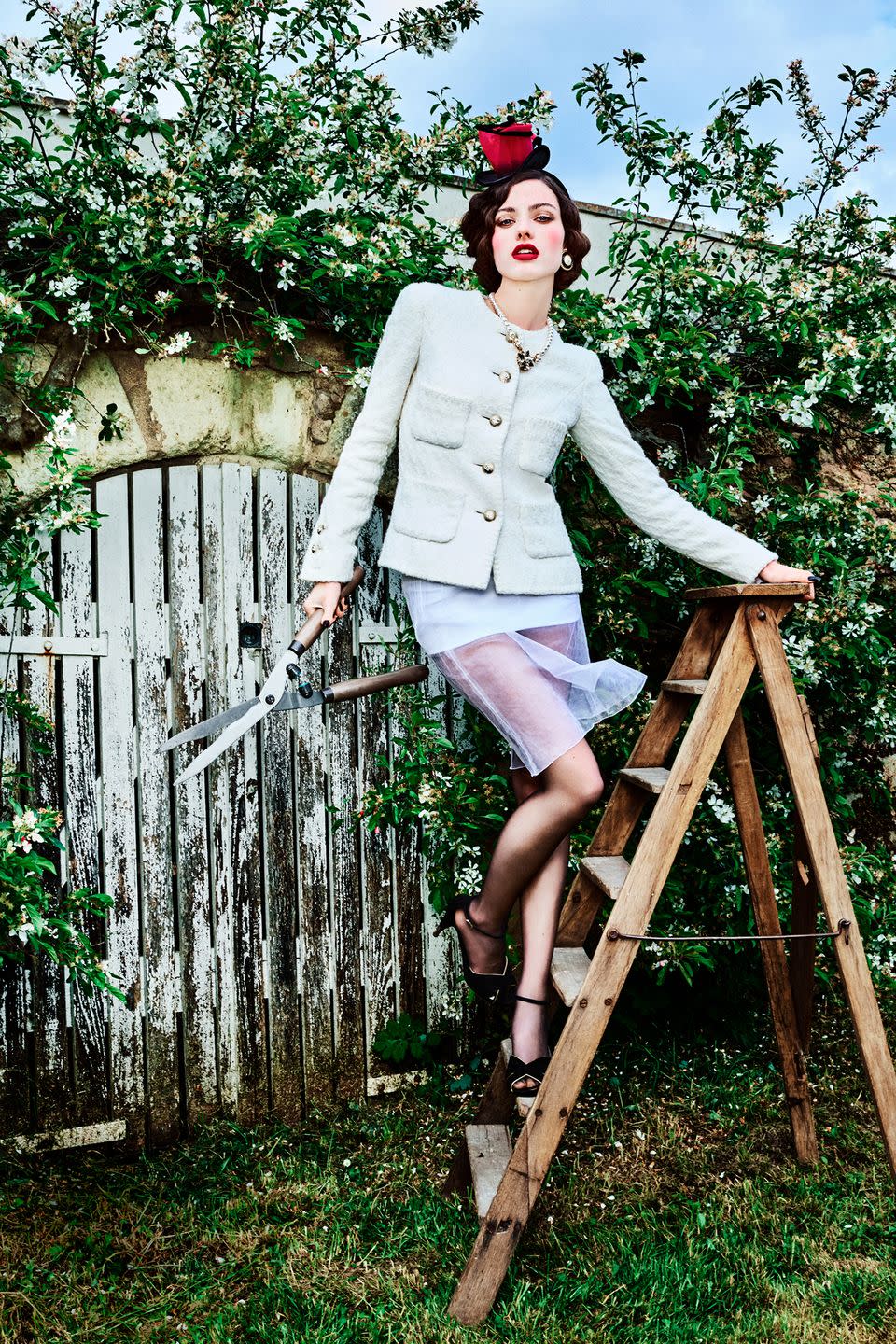
While serving as a teaching garden for ENSP students of horticultural engineering and landscape design, the Potager produces approximately 40 tons of fruits and vegetables per year. In 2018 the WMF placed the Potager du Roi on its Watch List in response to accelerating environmental crises. To raise awareness and encourage community involvement, it welcomed some 3,000 visitors to the garden in a Watch Day event that was reprised in 2019. In 2010 chemical pesticides were abandoned at the Potager, and “commonsense” agro-ecological processes were adopted that treat the soil and plantings as a self-feeding system. These measures have, according to the gardeners, led to an increase in the resilience of the trees, an increase in pollinators, and an increase in biodiversity.
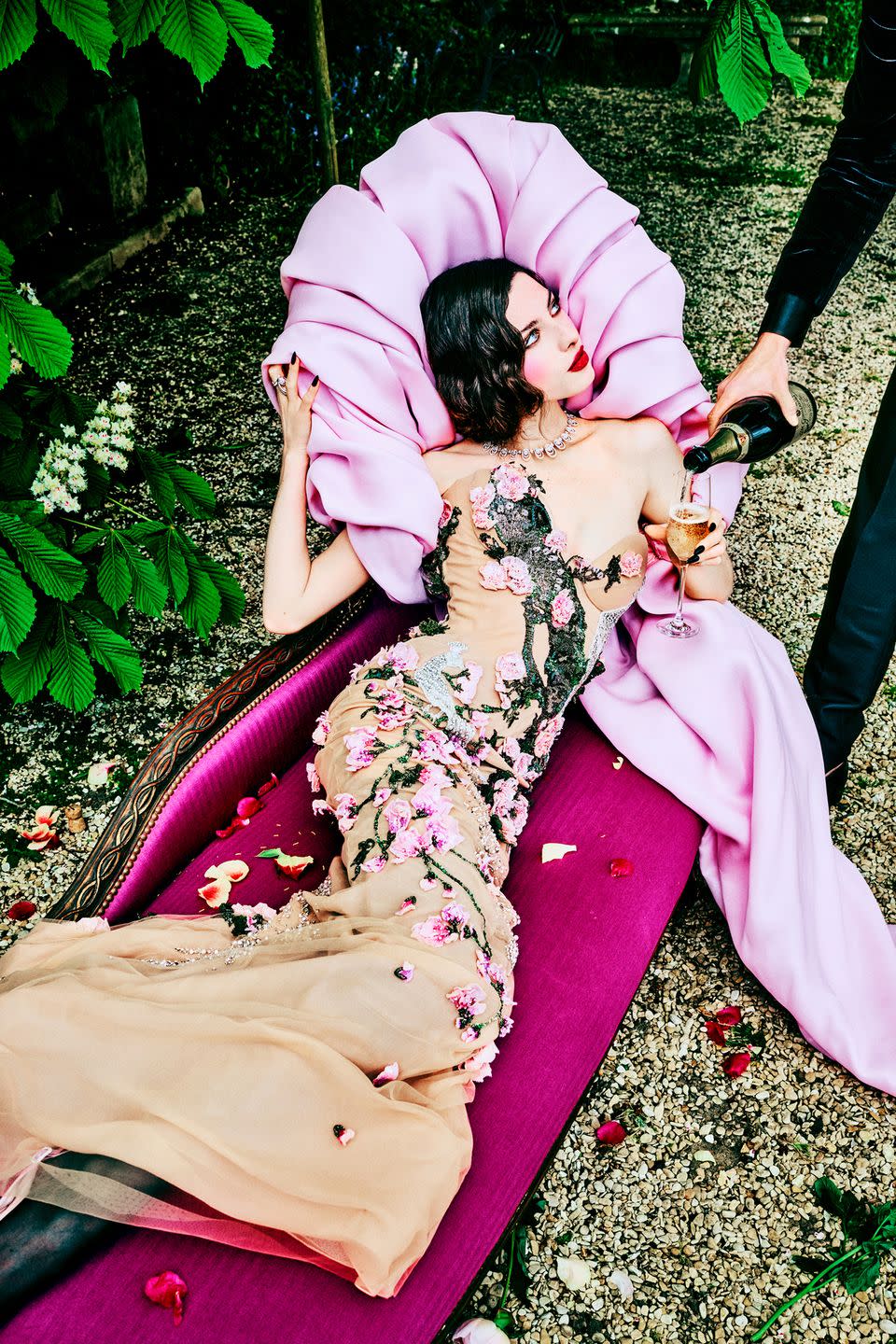
It was with the aim of furthering advances of this kind that the WMF launched the Climate Heritage Initiative in January. Working with the ENSP and with funding from such sources as Bunny Mellon’s foundation, gardeners and scientists at the Potager will continue to develop forward-looking, sustainable methods that will not only preserve the king’s kitchen garden for posterity but could also make broader environmental contributions.
As Meredith Wiggins, an archaeologist and environmental researcher newly appointed by the WMF to oversee the initiative, points out, recent scholarship has shown “the substantial benefits of green spaces in cooling the planet.”
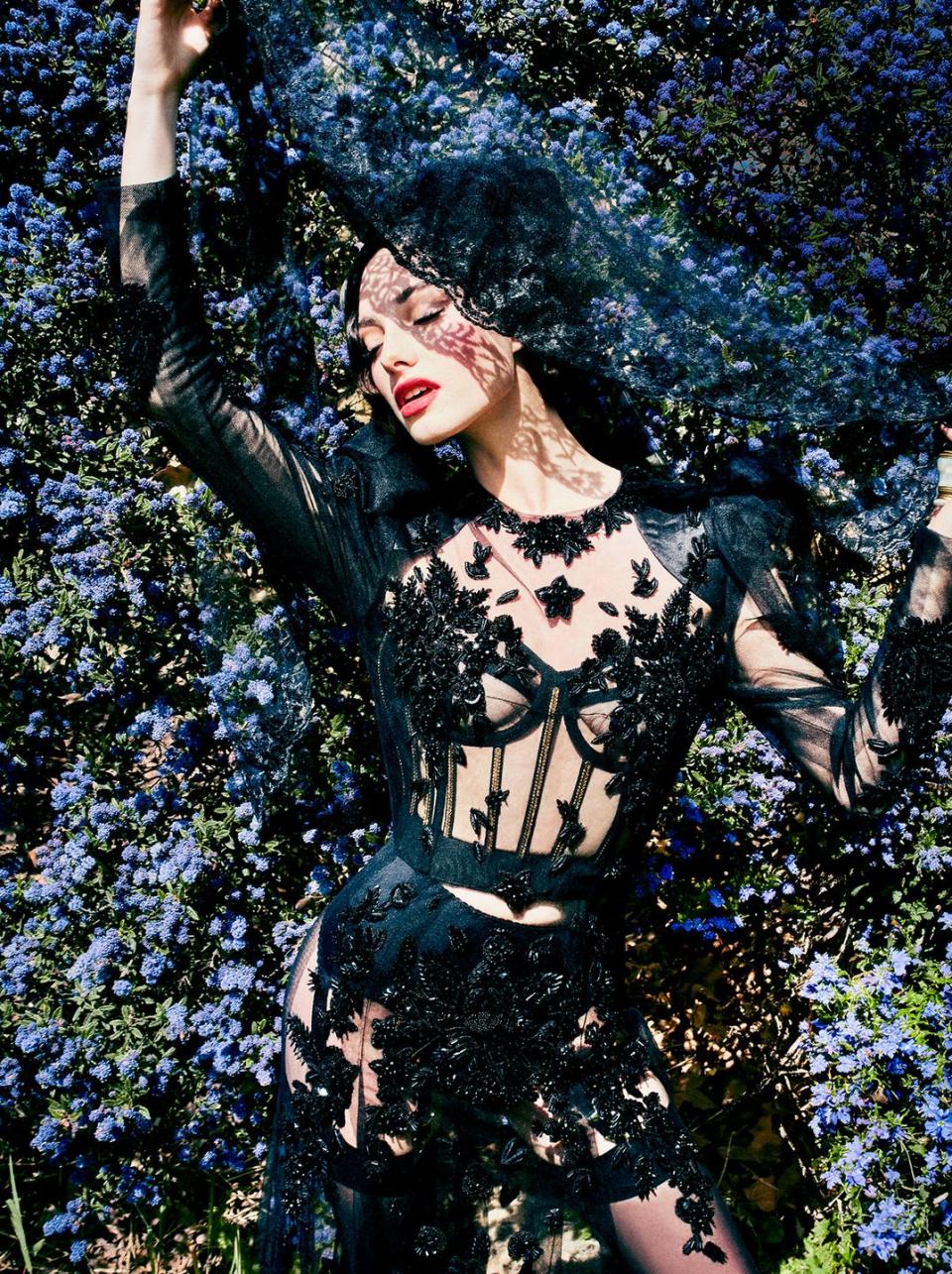
And the Potager isn’t alone.
This fall the WMF plans to announce the addition of other historic gardens to the campaign. “Though climate change is the crisis of our time,” Wiggins says, “we don’t have to continually tell a doom and gloom story. We can highlight how resilient so much of our heritage is and how much we can learn by sharing best practices, information, and support from all around the world.”
In this crucial sense, the WMF has taken a page straight out of La Quintinie’s book. As he wrote in his how-to guide to fruit and vegetable gardening: “A good gardener should always be looking for new ideas.”
Visitors to Versailles need separate tickets for the Potager. For more information call 011-33-03-3012-3456 or go to ecole-paysage.fr.
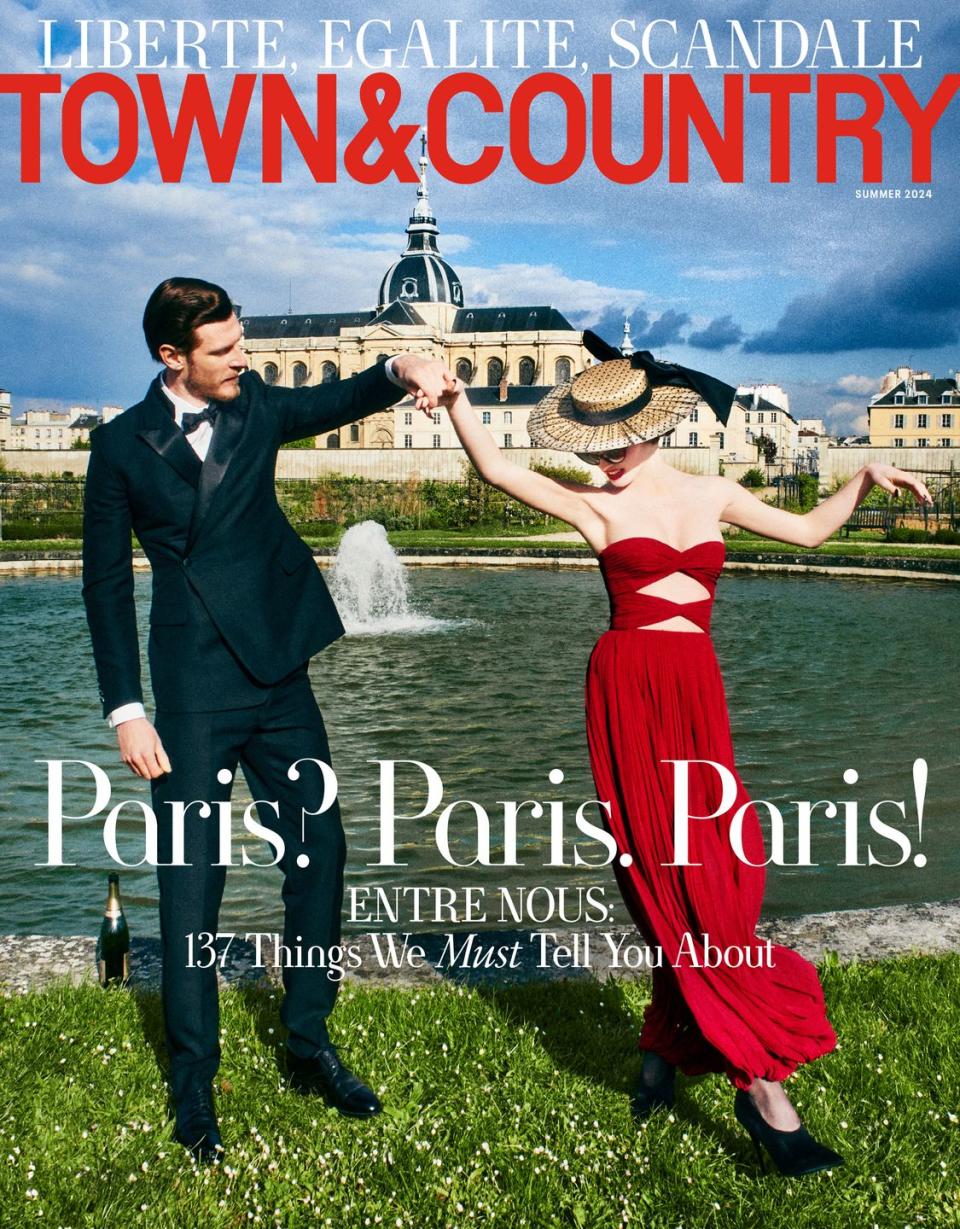

Lead image: Valentino Haute Couture jumpsuit and pumps; What Katie Did tights ($18); Emily-London hat ($1,822); Chopard necklace. On Him: Dior Men tuxedo ($5,000), bow tie ($220), and shoes ($1,000); Charvet shirt ($545).
Photographs by Ellen Von Unwerth
Styled by Hannah Teare
Hair by Eduardo Bravo for Augustinus Bader at A Frame Agency. Makeup by Carole Lasnier at B Agency. Nails by Adrienne at B Agency. Prop styling by Laura O’Rorke. Models: Chloe Coutau at 16 Paris and Brian Nicklen at DMG Paris. Production by K/O Collective. Shot on location at Potager du Roi.
This story appears in the Summer 2024 issue of Town & Country, with the headline "Le Pois, C’est Moi." SUBSCRIBE NOW
You Might Also Like

